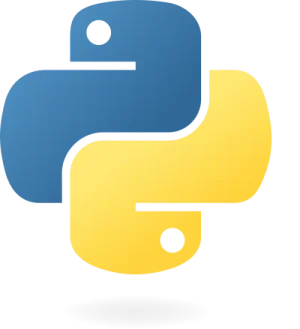Understanding Arrays in Python
In Python, while there isn’t built-in support for arrays as in other programming languages, you can use lists to work with collections of items in a similar way. If you require more advanced array manipulation, you might consider using specialized libraries like NumPy, which provides robust array capabilities.
What Are Arrays?
An array is a type of variable that can hold multiple values simultaneously under a single name. Imagine you have a collection of items, such as a list of book titles. Without arrays, you might store each title in a separate variable:
book1 = "1984" book2 = "To Kill a Mockingbird" book3 = "The Great Gatsby" This approach works fine for a small number of items, but it becomes impractical as the list grows. For example, managing 300 book titles individually would be overwhelming. Arrays solve this problem by allowing you to store all these values in a single variable and access each one using an index number.
Working with Lists as Arrays
In Python, you can utilize lists as arrays. Here’s an example of creating a list that holds book titles:
books = ["1984", "To Kill a Mockingbird", "The Great Gatsby"]With this list, you can efficiently store, access, and manage multiple values.
Accessing Elements
To retrieve or modify an element in the list, reference its index number. Python uses zero-based indexing, so the first item is at index 0:
# Access the first book title x = books[0] # "1984" # Modify the first book title books[0] = "Brave New World" Official documentation on accessing list elements
Determining the Length of a List
You can easily find out how many items are in a list using the len() function, which returns the number of elements:
x = len(books) # Output: 3Note that the length of the list will always be one greater than the highest index, as indexing starts at 0.
Official documentation for the len() function
Looping Through Elements
To process each item in a list, you can use a for loop:
for book in books: print(book) Official documentation on looping in Python
Adding and Removing Elements
Lists are dynamic, meaning you can add or remove items as needed. To add an element to the list, use the append() method:
books.append("The Catcher in the Rye")Official documentation on the append() method
To remove an element, you have two options:
pop(index)– Removes the element at the specified index:
books.pop(1) # Removes "To Kill a Mockingbird"Official documentation on the pop() method
remove(value)– Removes the first occurrence of the specified value:
books.remove("1984") # Removes "1984"Official documentation on the remove() method
Note: The remove() method only deletes the first instance of the value you specify.
Built-in List Methods
Python provides a variety of methods to manipulate lists:
| Method | Description |
|---|---|
append() | Adds an element at the end of the list |
clear() | Removes all elements from the list |
copy() | Returns a copy of the list |
count() | Returns the number of elements with the specified value |
extend() | Adds the elements of a list (or any iterable) to the end of the current list |
index() | Returns the index of the first element with the specified value |
insert() | Adds an element at the specified position |
pop() | Removes the element at the specified position |
remove() | Removes the first item with the specified value |
reverse() | Reverses the order of the list |
sort() | Sorts the list |
Official documentation for list methods
Exercise: Test Your Knowledge
Let’s practice what you’ve learned. Predict the output of the following code:
books = ['1984', 'Brave New World', 'The Catcher in the Rye'] print(books[0])Answer: The output will be '1984'.
